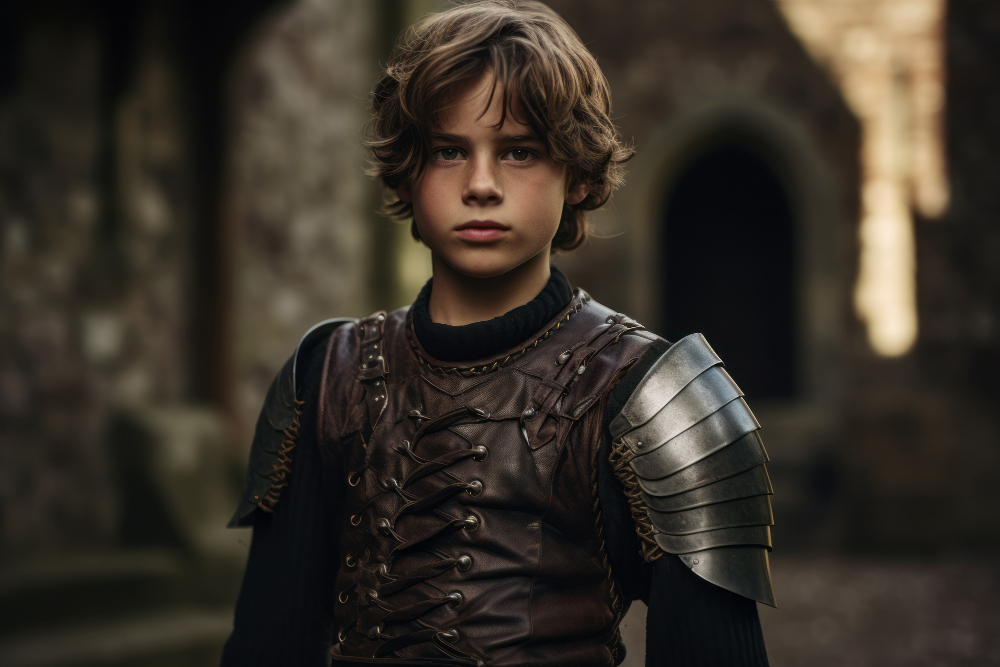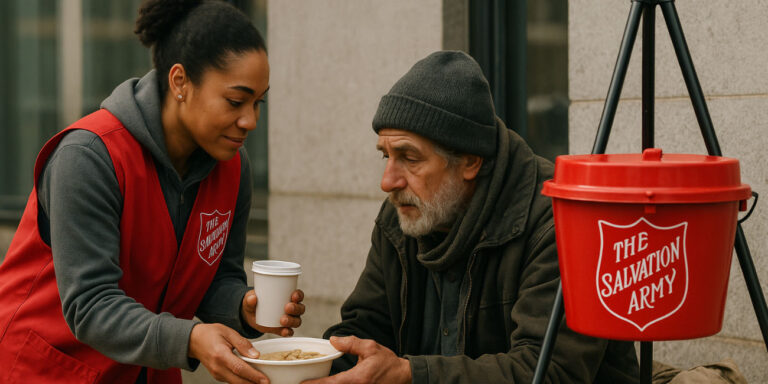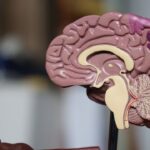Keep calm and carry on!
Antoine de Saint-Exupery
“The Little Prince”.
This is a support page for the following book, use the information here to help your understanding.
What you need to do: Download the book, read it, and utilise these lesson notes for better understanding. I’ve summarised each chapter separately.


This is a simple book made for adults.
The story is written in an easy way, but it has a deep meaning. Every reader can find answers to their important questions.
The main character is the Little Prince. He comes from a small, faraway planet. He travels to many other planets and finally comes to Earth. On Earth, he meets another person. This meeting is an important part of the story.
Through this friendship, the Little Prince shares important lessons about love, honesty, and the simple truths of life—things we often forget today.
The book has been translated into 180 languages and is one of the top 100 greatest books of the 20th century. It has also been made into movies and theater plays.
The idea behind The Little Prince by Antoine de Saint-Exupéry is to explore life’s most important lessons through the eyes of a childlike character. It encourages readers to reflect on themes like love, friendship, imagination, and what truly matters in life. Here are the central ideas:
1. Seeing with the Heart
The book emphasizes that what is most important is invisible to the eyes. This idea is taught by the fox, who tells the Little Prince, “One sees clearly only with the heart.” It reminds readers to value emotions, relationships, and the intangible things that give life meaning.
2. The Power of Love and Responsibility
The Little Prince loves his unique flower, even though she is flawed and demanding. Through his journey, he realizes that his care and attention make her special. The story highlights the idea that love creates a sense of responsibility—we are responsible for the things we care for.
3. Critique of Adult Priorities
The book critiques how adults often lose their sense of wonder and focus on unimportant things like power (the king), vanity (the vain man), wealth (the businessman), and routine (the lamplighter). The Little Prince shows how children see the world more simply and truthfully, valuing joy, beauty, and connection.
4. Friendship and Connection
Through his relationship with the fox, the Little Prince learns the value of forming deep connections. The fox teaches him about “taming,” which means creating bonds that make someone or something irreplaceable in our lives.
5. Innocence and Curiosity
The Little Prince represents innocence, curiosity, and a sense of wonder. He asks questions that challenge the narrator and others to think deeply about life. His character symbolizes the purity and wisdom often forgotten as people grow up.
6. Facing Loss and Letting Go
At the end of the story, the Little Prince must leave Earth to return to his planet. This moment is both sad and hopeful. It represents the cycle of life and the enduring power of love and memory.
Here are the summaries of each chapter from The book “The Little Prince”.
Chapter 1
The narrator remembers drawing a snake eating an elephant as a child. Adults thought it was just a hat and didn’t understand his drawing. Feeling discouraged, he gave up drawing and became a pilot instead. He feels grown-ups don’t understand important things.
Chapter 2
The narrator’s plane crashes in the Sahara Desert. While trying to fix it, he meets a small boy, the Little Prince, who asks him to draw a sheep. After some tries, the Little Prince accepts a drawing of a box, saying the sheep he wants is inside.
Chapter 3
The Little Prince explains he is from another planet. He doesn’t answer the narrator’s questions directly but reveals bits of information about himself, his planet, and his travels.
Chapter 4
The narrator learns the Little Prince’s planet is very small, about the size of a house. He believes it’s Asteroid B-612. The narrator explains how grown-ups only care about facts and numbers, not what really matters.
Chapter 5
The Little Prince talks about baobabs—trees that can grow huge and destroy his small planet if not removed while they’re young. He says it’s important to take care of problems early.
Chapter 6
The Little Prince loves sunsets. On his tiny planet, he can see many sunsets by moving his chair. He once watched 44 sunsets in one day when he was feeling sad.
Chapter 7
The Little Prince asks if sheep eat flowers with thorns. He is worried about his special flower being eaten. He explains that he loves his flower because it is unique, and he gets upset when the narrator doesn’t take his worries seriously.
Chapter 8
The Little Prince talks about his flower, which is very proud and vain. She asks for special care, and although she sometimes seems selfish, he loves her. He regrets not understanding her better before leaving.
Chapter 9
The Little Prince leaves his planet to explore others. Before he goes, he cleans his volcanoes and says goodbye to his flower. She admits she loves him but tells him not to feel bad about leaving.
Chapter 10
The Little Prince visits a king who believes he rules everything. The king gives orders that make no sense, but he tries to sound reasonable. The Little Prince finds him silly and leaves.
Chapter 11
The Little Prince meets a vain man who only wants to be admired. The prince finds him strange and boring and continues on his journey.
Chapter 12
The Little Prince visits a drunkard who drinks to forget that he is ashamed of drinking. The prince feels sad for him and leaves.
Chapter 13
On another planet, the Little Prince meets a businessman who spends all his time counting stars, believing he owns them. The prince finds this idea useless and moves on.
Chapter 14
The Little Prince meets a lamplighter who lights and extinguishes a streetlamp every minute because his planet spins so quickly. The prince admires his dedication and finds his work meaningful.
Chapter 15
The Little Prince visits a geographer who records the locations of mountains and rivers but never explores them himself. He tells the prince to visit Earth next, as it is an interesting planet.
Chapter 16
The Little Prince arrives on Earth. He learns it is much larger and more populated than his planet, with many different types of people.
Chapter 17
In the desert, the Little Prince meets a snake. The snake offers to help him return to his planet someday, but the prince does not understand how.
Chapter 18
The Little Prince finds a small flower in the desert. The flower says people are hard to find because they don’t stay in one place.
Chapter 19
The Little Prince climbs a mountain and tries to talk to people, but all he hears is his echo. He feels lonely and misses his flower.
Chapter 20
The Little Prince finds a garden full of roses just like his flower. He feels sad, thinking his flower isn’t special anymore.
Chapter 21
The Little Prince meets a fox who teaches him about friendship and love. The fox says, “You are responsible for what you tame.” The prince realizes his flower is special because he loves her.
Chapter 22
The Little Prince meets a railway switchman who explains that people are always rushing, never satisfied where they are.
Chapter 23
The Little Prince meets a merchant selling pills that stop thirst. The prince prefers drinking water and enjoying simple things over saving time.
Chapter 24
The narrator and the Little Prince are very thirsty. Together, they find a well in the desert. The prince explains that what makes something beautiful is invisible, like the love for his flower.
Chapter 25
The narrator fixes his plane, but the Little Prince hints he will leave soon. He says goodbyes are difficult and talks more about the meaning of love.
Chapter 26
The Little Prince decides to return to his planet. He lets a snake bite him so his spirit can go home. The narrator is sad but respects his decision.
Chapter 27
The narrator reflects on the Little Prince’s story and misses him. He hopes others will look at the stars and remember the Little Prince.







